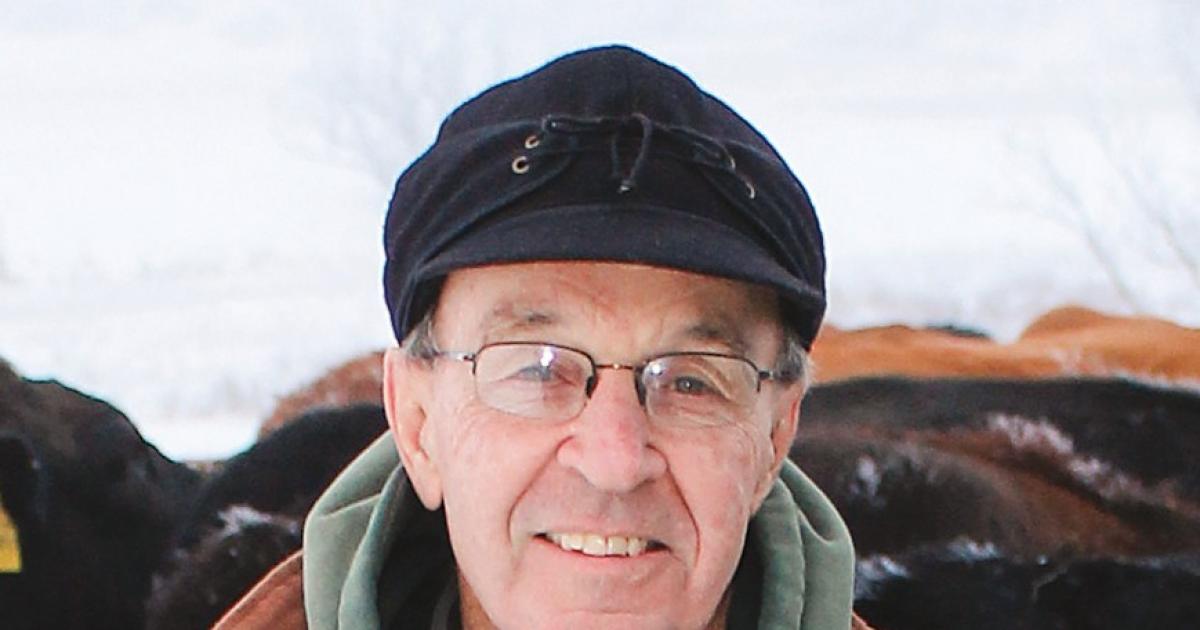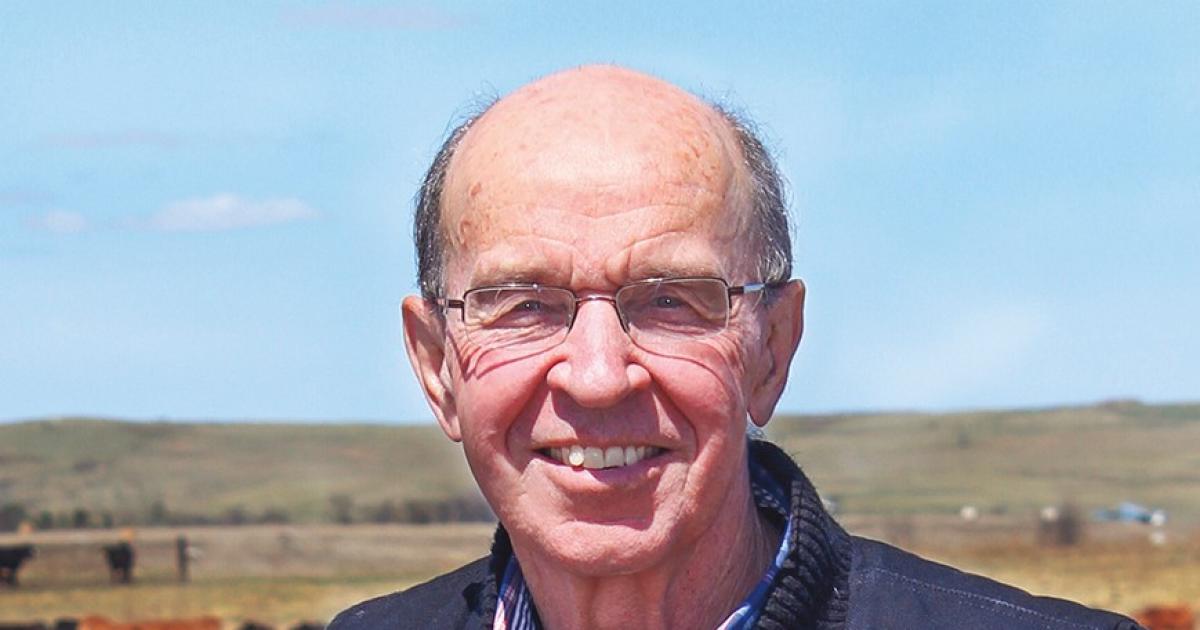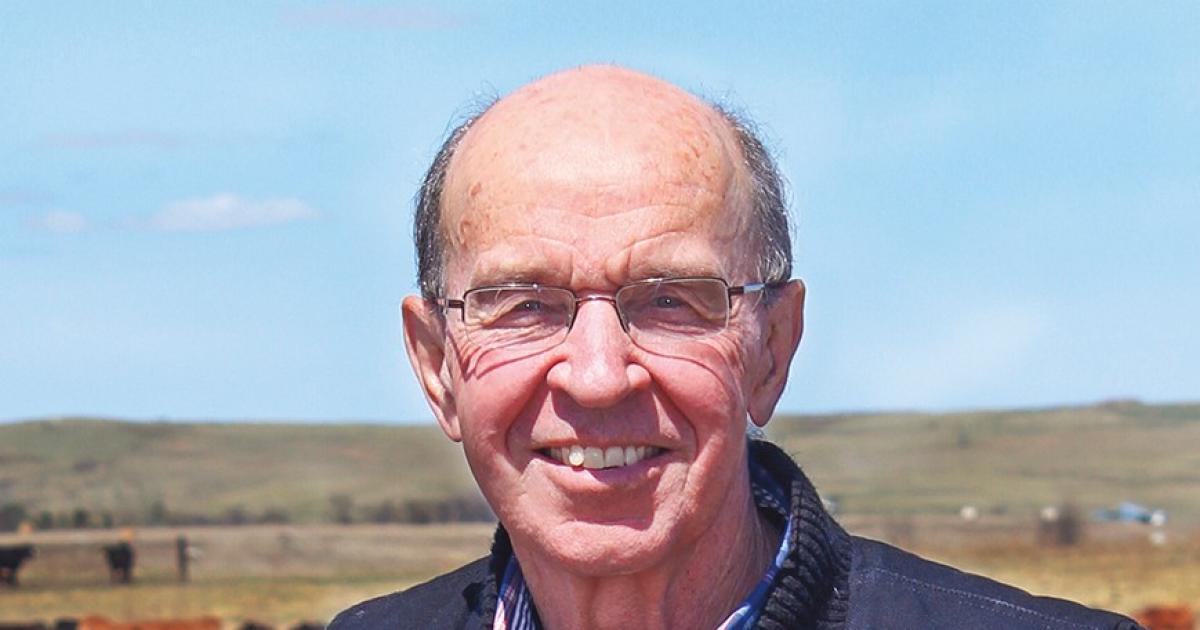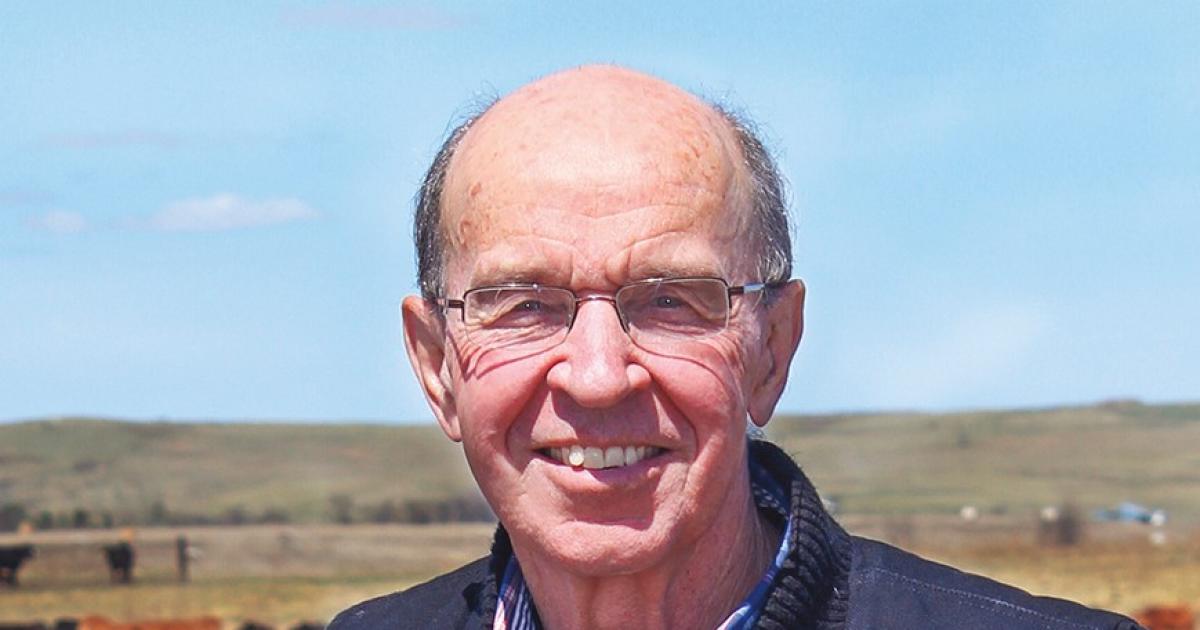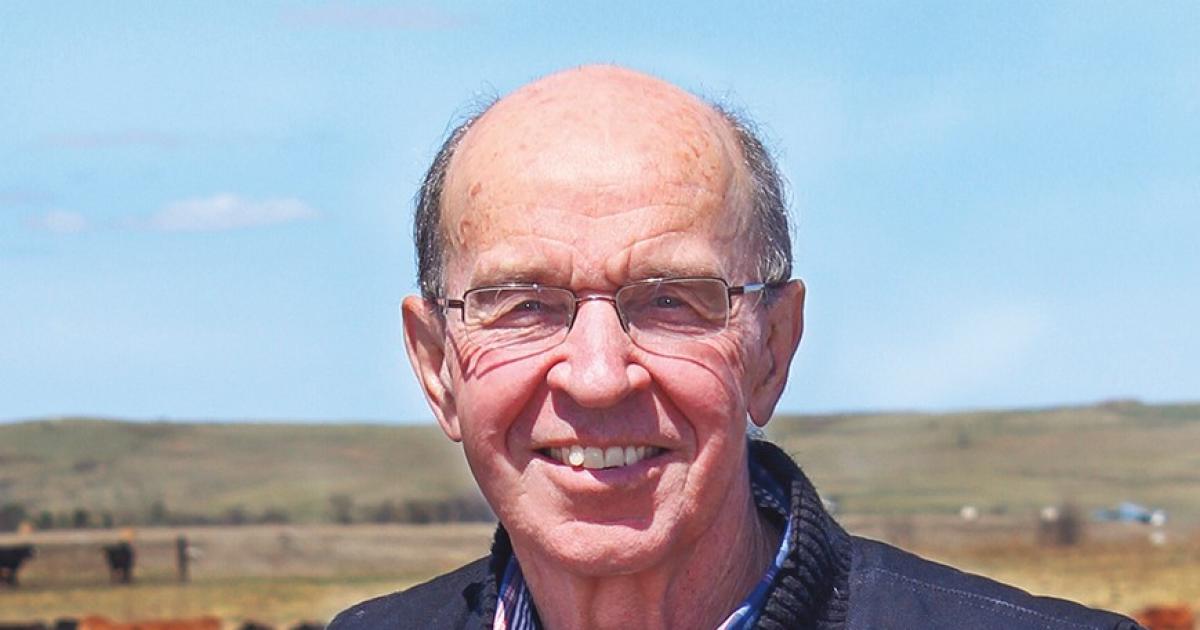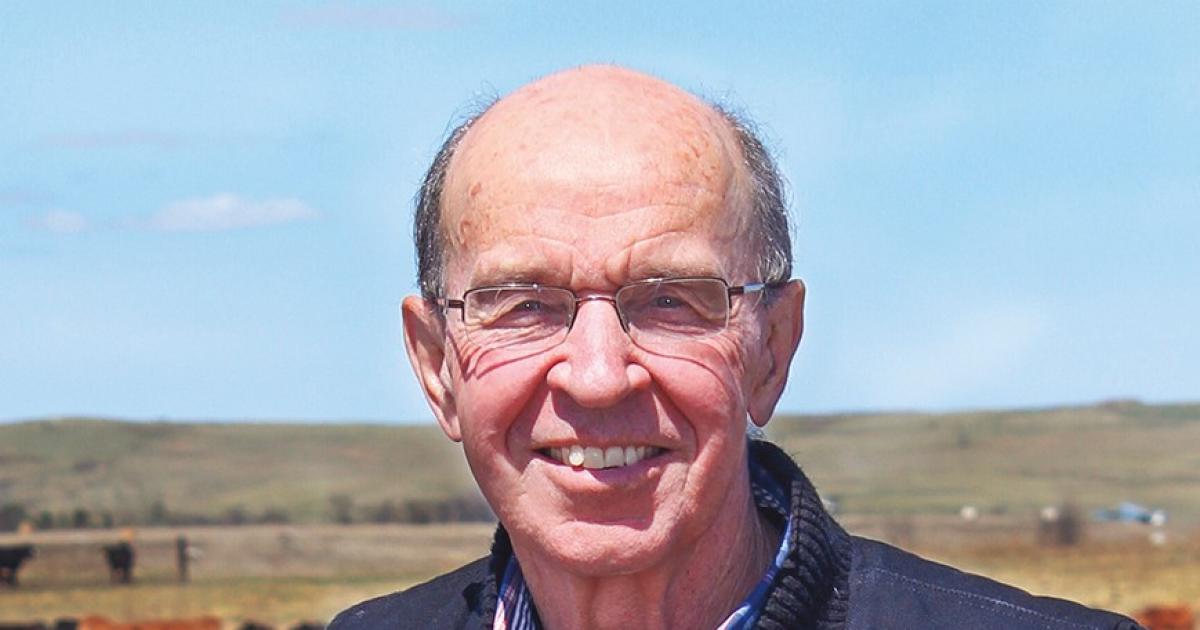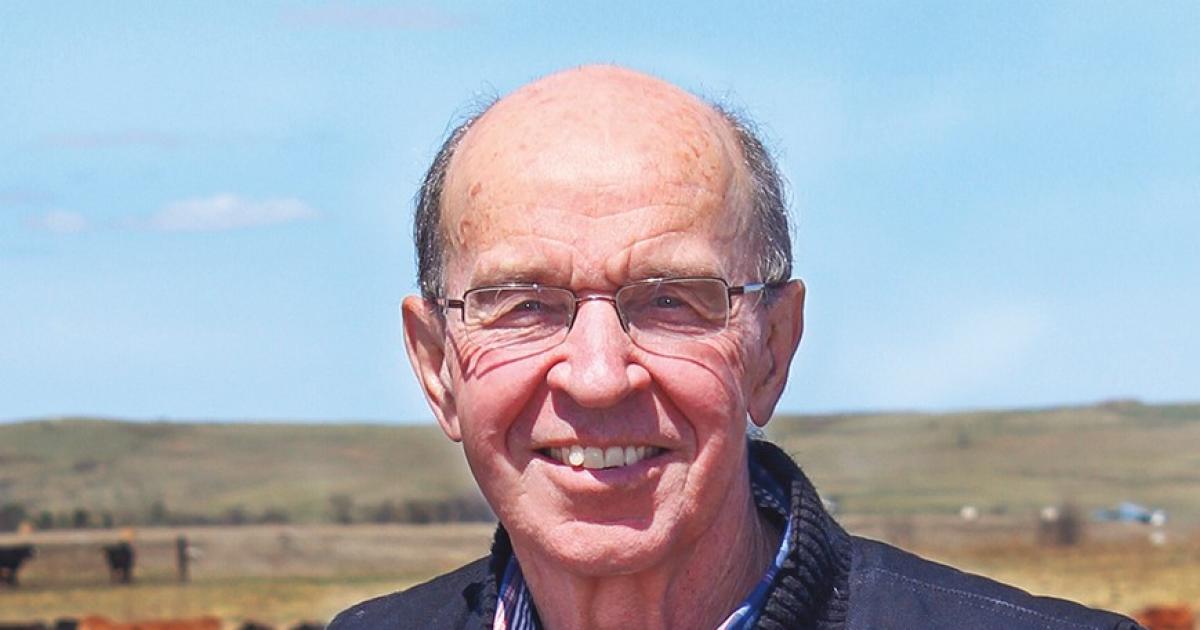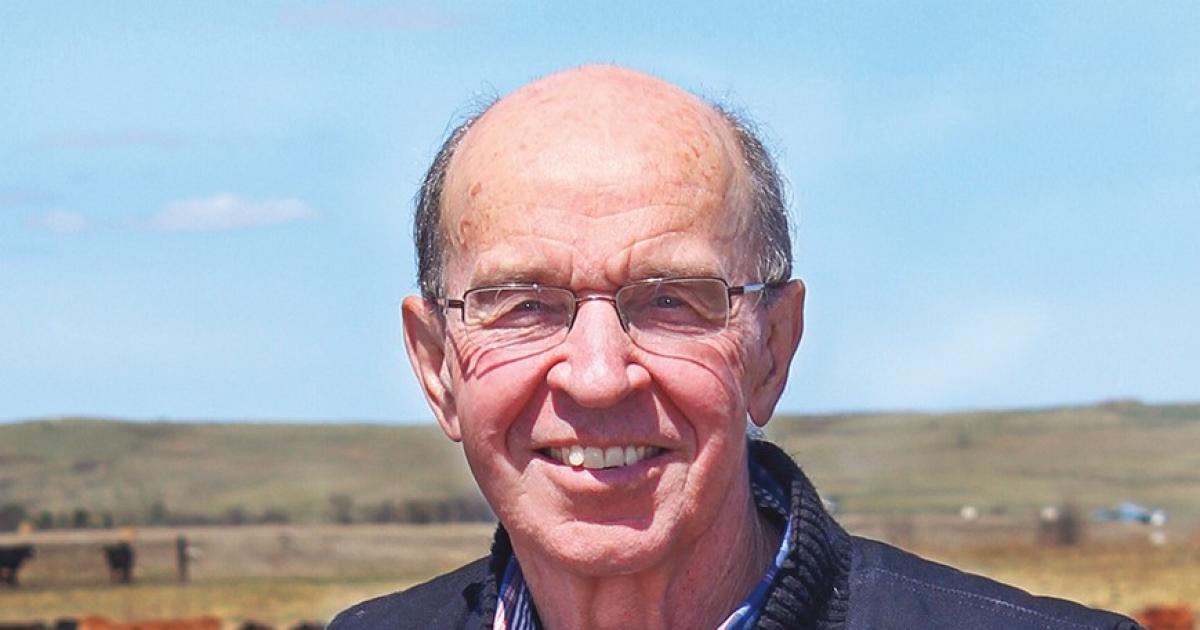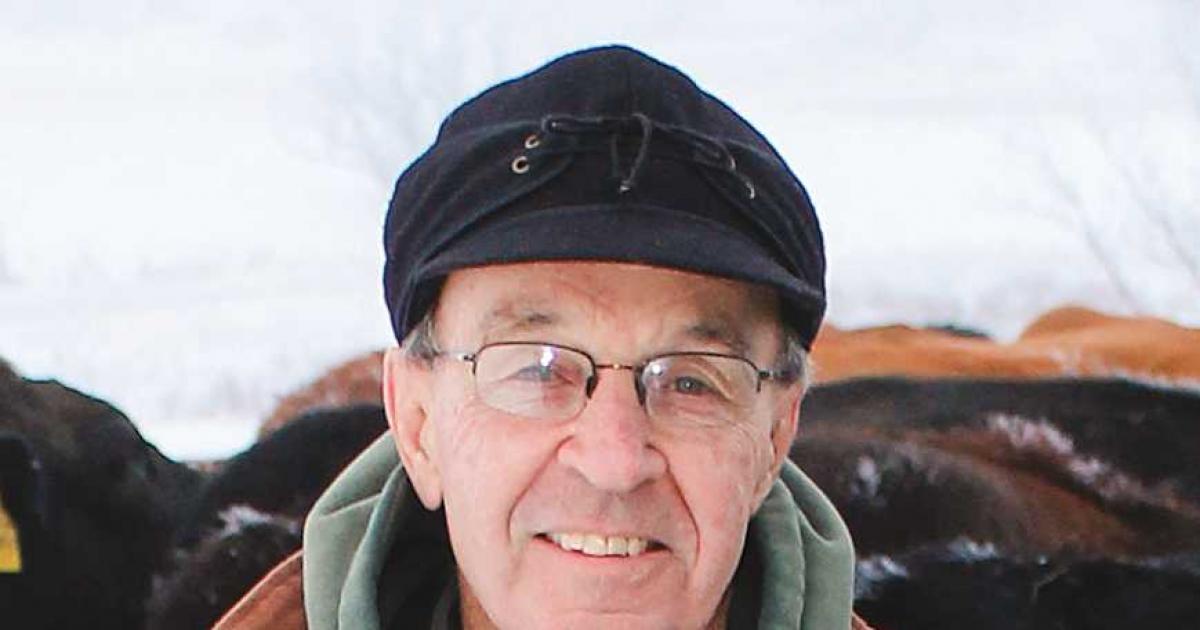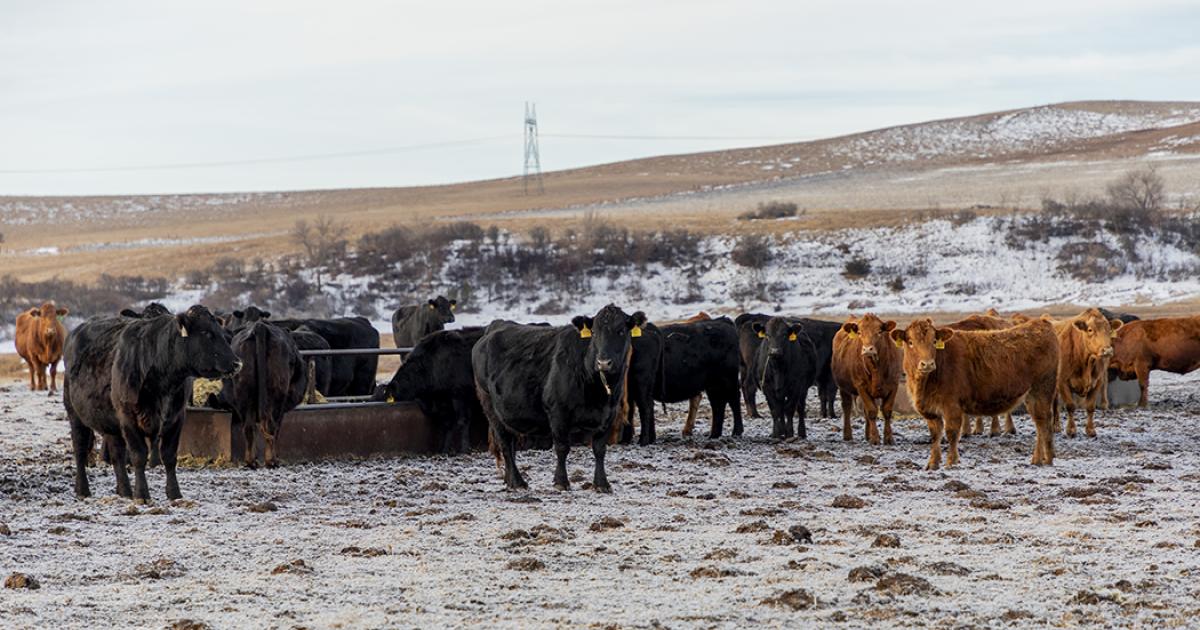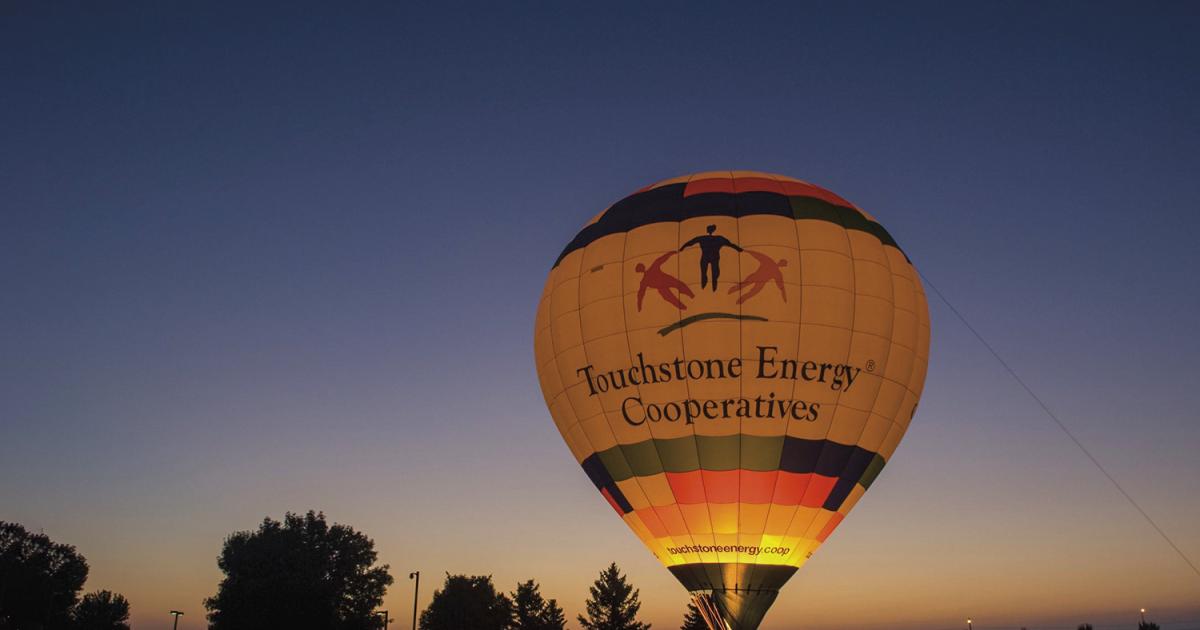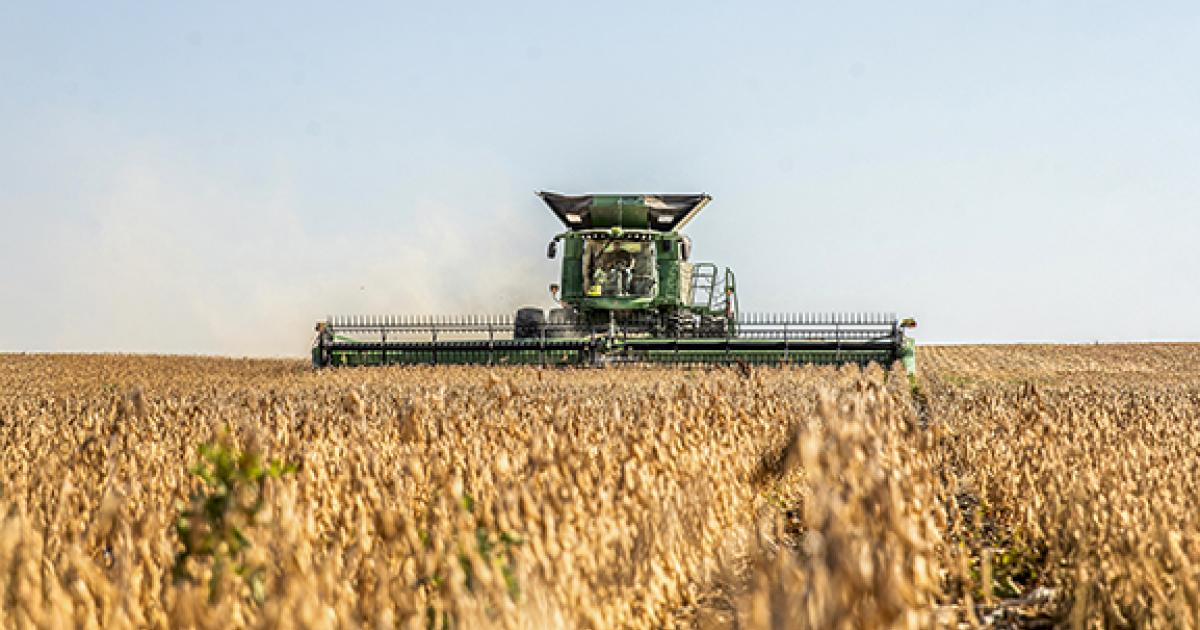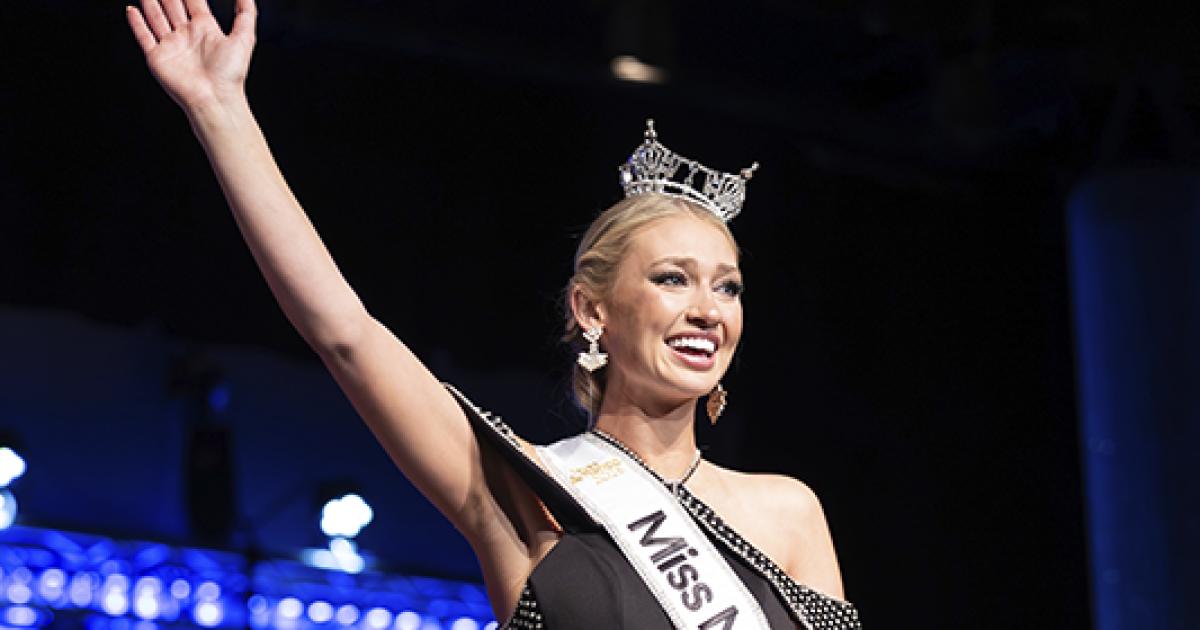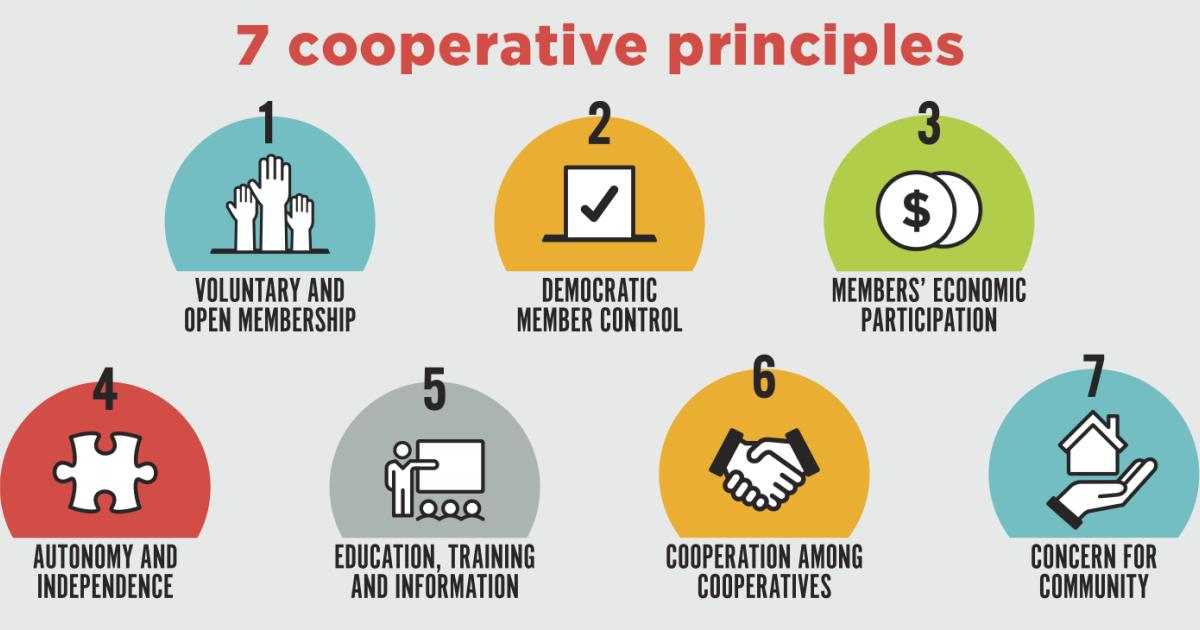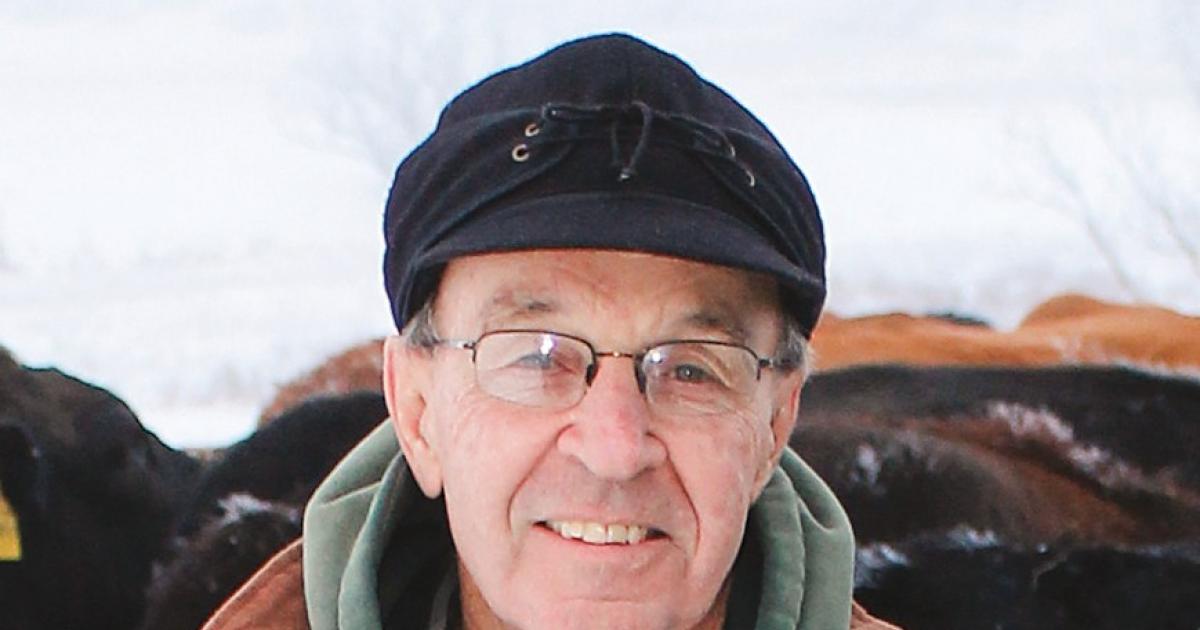A newspaper account I found said steamboats passing through Bismarck in 1881 carried 1,800 head of horses and cattle and 600 sheep.
The Bismarck Tribune, on Sept. 1, 1882, reported, “The Coteaus are admirably fit for stock raising. Sheep do particularly well. The effect of the climate is to make fleeces heavier.”
In March of that same year, the Jamestown Weekly Alert reported, “A party of Philadelphia capitalists are contemplating sheep farming on a large scale in Dakota.”
Farm Byline
One who thinks agriculture’s reliability should not be minimized is Neal Fisher, administrator of the N.D. Wheat Commission. Fisher cites statistics that crops and livestock, combined, have generated between $7 billion and $8.5 billion in all but two of the past 12 years. If you add crop insurance and government payments, Fisher says, the annual new wealth from those two agricultural sectors has been between $8 billion and $10 billion in all but two years since 2008.
The scholarship applications listing the students’ accomplishments and goals were all impressive. But I found the letters of recommendation especially revealing. Here are some of the comments made in those letters. “Well-organized, passionate and dependable.” “Her work ethic and determination will push her to succeed in everything she undertakes.” “Responsible beyond his years and looked to for leadership.” “Outstanding student leader and citizen.”
I was never an accomplished cattle judge. In fact, the first time I had to judge, formally, was in college. Unlike most of my classmates, I hadn’t had the benefit of years of 4-H or FFA livestock judging. Assessing a “class” of four steers or heifers, ranking them and then giving oral reasons to defend my placings was, for me, a daunting challenge.
I was never an accomplished cattle judge. In fact, the first time I had to judge, formally, was in college. Unlike most of my classmates, I hadn’t had the benefit of years of 4-H or FFA livestock judging. Assessing a “class” of four steers or heifers, ranking them and then giving oral reasons to defend my placings was, for me, a daunting challenge.


